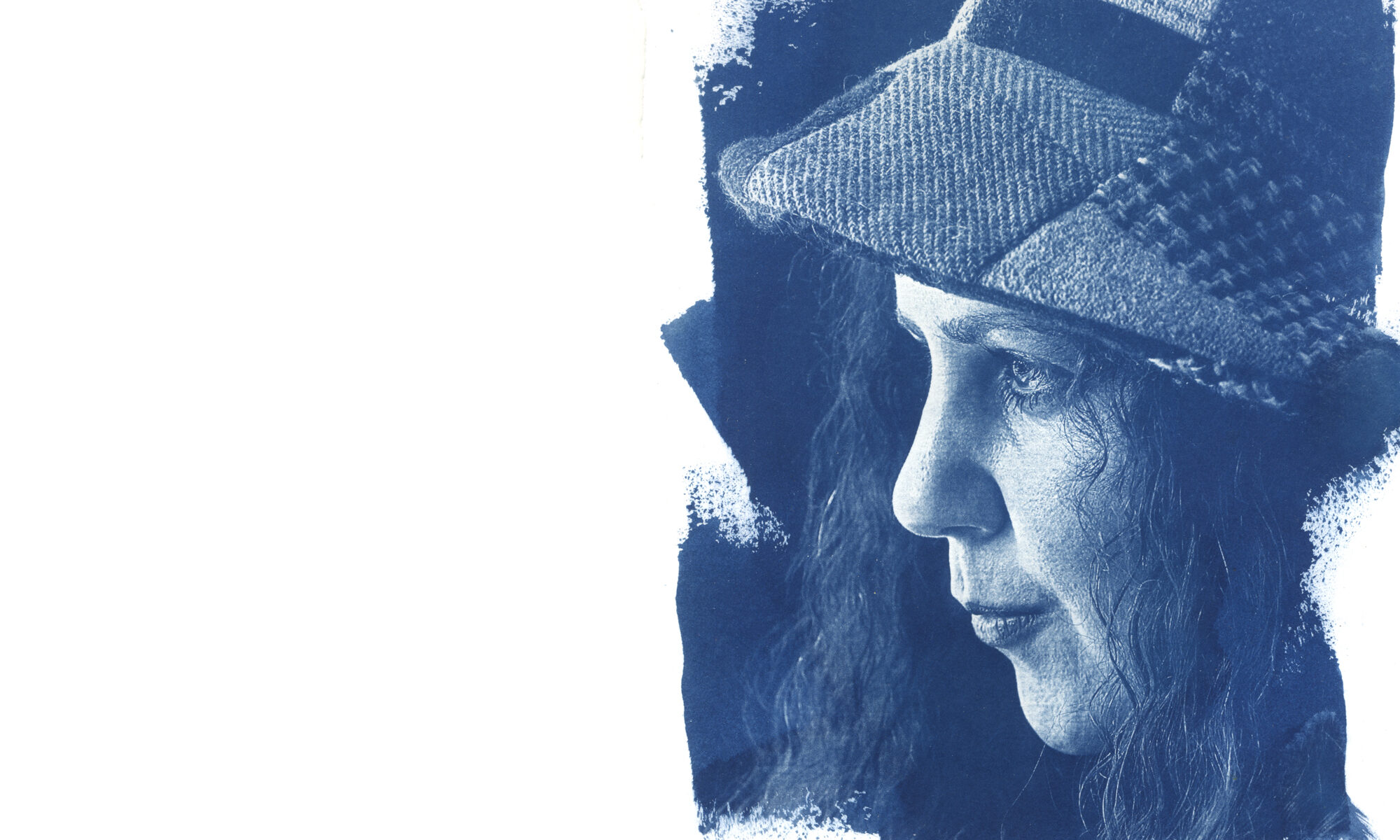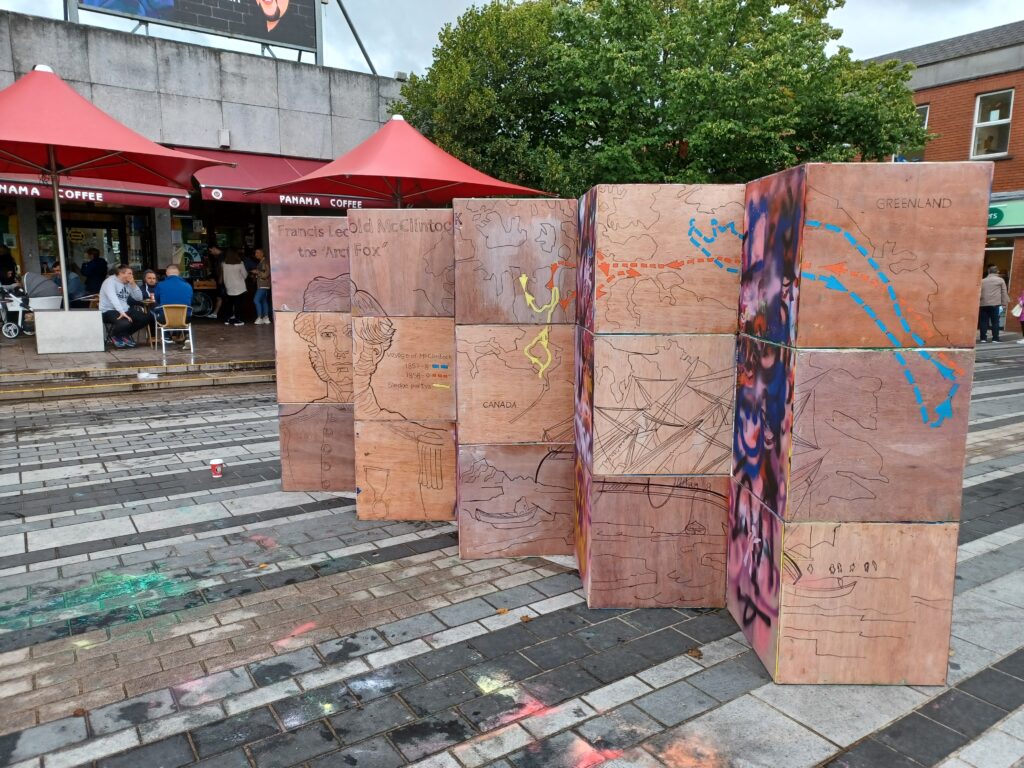
Better late than never, here is a speech I gave at the Ashling Hotel, Dublin on March 5th, for International Women’s Day on the 8th of March. Cooperative Housing Ireland asked me to step in at the last minute in the stead of my neighbour, Inga.
My name is Geraldine. I am an artist from Dundalk.
I am here in place of the chairwoman of my local cooperative housing member association at Halliday Mills, Inga Perkone, who was due to speak today.
I am going to include some of her speech, to hear her voice as a mother of three children, and as an immigrant to Ireland who makes such a contribution to our community as a neighbour and a volunteer.
Inga was born in Latvia which was part of the Soviet Union until 1991 when she was eleven. Her mother is Russian and her father is Latvian. She has lived in Ireland for 19 years.
She is a beauty therapist but unfortunately in 2016 she was diagnosed with a terminal illness and had to change her life. She volunteers in the local St Vincent de Paul charity shop.
Two years ago, when she moved to Halliday Mills she joined the committee and later became chair of it.
This helped her to look away from her problems and help a lot of other people, and given her new purpose.
Inga wants Irish men and women to know about the origins of International Women’s Day, it was a flashpoint for the Russian Revolution in 1917.
On March 8th, women workers in St Petersburg held a mass strike and demonstrated demanding Peace and Bread. The strike movement spread from factory to factory and effectively became an insurrection.
In 1922, Lenin designated it officially as Women’s Day. It was a national holiday in the Soviet Union and most of the former socialist countries before the UN designated it in 1975.
So from childhood Inga knew the 8th of March. It was a very big deal and all women were celebrated. Flowers were given to every woman by men, at home, work, no matter what age. Her first memory was her Grandfather coming home from work with flowers for her Grandmother, her mother and Inga. She felt special and will never forget it.
Inga believes every woman should be celebrated for the everyday battles they are going through. When she came to Ireland, 8th of March was not celebrated here as she knew it. She tried to educate men here but gave up!!
I am Inga’s neighbour and have dual Irish and English heritage myself.
A few months ago I found a photograph in my mother’s wardrobe that I either didn’t know existed or had forgotten. It was of her wedding day in Sparkhill, Birmingham in 1972, with my Irish grandmother, Nan on the left and the English one, Alice, on the right, and my mother Lorna, the next generation in the middle.
I immediately wanted to paint it, and it sparked a conversation with my aunt about the hairdo and the long journey from Ireland with the new outfit carefully packed.
Both grandmothers were born in 1913 and were 59 in the photo, but they look older. This says a lot about fashions, the role of women and maybe harder lives.
Although I am not shown in the picture, I am in it because I painted it. When I found it I felt they were saying hello, and that they were expecting me before I was even imagined. So there are three generations in the picture.
I painted it at my weekly art group at the local hospital. I have a mental illness and the group is essential, as for years I couldn’t draw or paint and I was stuck.
Prayer also helps with recovery. My mother told me about some of the psalms, and I prayed to my grandmothers in the early days. When I remember I say a prayer before I start work.
Both grandmothers crafted and worked hard. Nan wove rugs and knitted jumpers for us. Alice liked to draw and paint and write poetry. I’ve got some of her paintings on my website.
Both had strong Christian faith. Two faiths united when my parents got married. I am very taken with both traditions. I used to think my illness was about this duality, which to a degree it may have been but it has also helped me recover because there is so much culture to draw on.
Alice died at 63, so I didn‘t really get to spend time with her, but I know her through my mother and my late uncle and I never tire of hearing about her.
Nan died aged 90 a few years ago, although I was always preoccupied with other things, so I don‘t feel I spent enough time with her or got to understand her enough. That‘s why I painted the picture, to make up for lost time in life.
Nan had a big devotion to another woman, our Lady, and prayed the Rosary each night, when I wassmall I shared a bedroom with her, and I say this powerful prayer myself.
I know my grandmothers are together now again, and I‘ve been told they both loved me very much.
I don‘t always remember how I made a piece of art so that is where God comes in, as the ultimate creator.
When I got offered a permanent home it helped me to focus on art. In my first year I won Cooperative Housing Ireland‘s annual Christmas art competition with a painting of a view from my balcony.
Like me, Inga has been surrounded by many strong, independent women, with Women Who Do It All. She has been encouraged, taught many skills, wisdom, confidence in myself (except DIY!!) 🙂
She has learned a great deal and carries their knowledge and confidence every day. She encourages other women to do whatever they like, listening and helping as much as she can.
I am going to finish up with a message from Inga to other women:
• to never give up
• fight for your rights
• demand respect
• seek help
• reach out
• Heaven is the limit
Inga has also asked me to ask two questions for you to consider. ..
What do you know about International Womens Day and What does it mean to you?
3



